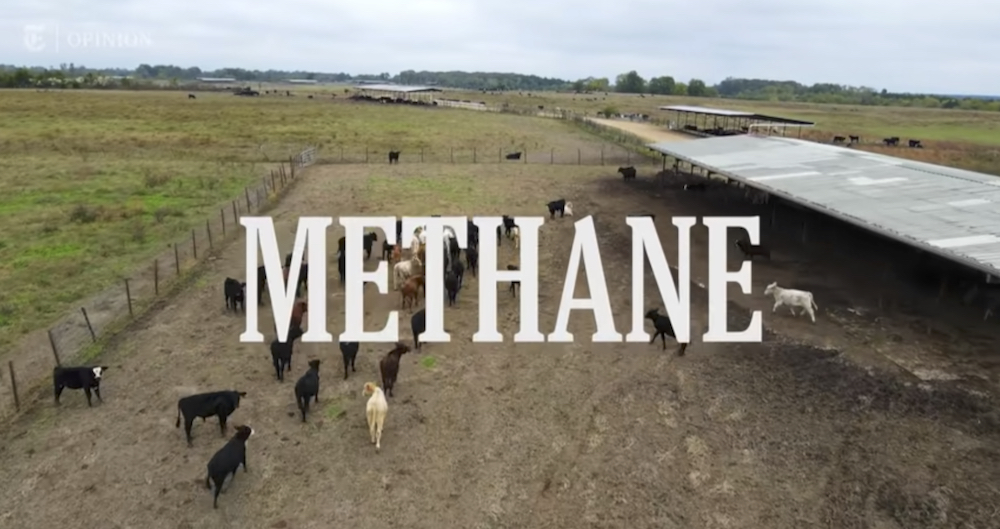If the buzz about urban farms can be believed, they are growing significantly even as rural farms and ranches decline in number — but there are no reliable statistics on the number of urban farms.
In Chicago, by one count there are more than 230 community gardens and 60 urban farms. But that’s small potatoes (pardon the pun) compared to the 75,000 farms located throughout the state.
Earlier this year the USDA jumped on the urban farm bandwagon by releasing its “Urban Agriculture Toolkit” for urban farmers and agribusiness entrepreneurs. “From neighbourhood gardens grown on repurposed lots, to innovative mobile markets and intensive hydroponic and aquaculture operations, urban food production is rapidly growing into a mature business sector in cities across the country,” said the news release.
Read Also

Cooking fish of Manitoba: Keep your catch fresh and tasty for the table
Fishing in Manitoba provides mouthwatering meals, assuming anglers handle, process and cook their fish properly before sitting down to eat. Here’s how, with recipes and fish preparation tips.
Urban agriculture may be growing rapidly but calling it a mature business sector is a stretch. “I never see urban farms being more than one to five per cent of domestic fruit and vegetable production,” said Sam Wortman, assistant professor of agronomy and horticulture at the University of Nebraska.
There is no standard definition of an urban farm but Wortman defines it as a food-producing and -selling operation within or directly adjacent to a city. It has to have a revenue-generating capacity. A community garden, on the other hand, is primarily people growing food for themselves and sharing or bartering with others.
He and a colleague looked at the potential and challenges of producing food in cities. The biggest challenge they found was the presence of heavy metals and organic contaminants.
Wortman figured the cost of remediating a one-acre vacant city lot at US$500,000. That’s paying retail prices to haul in topsoil and compost and plant crops in raised beds. Many urban farms, however, are non-profits with corporate donors, grants and other means of support.
Another drawback is the high cost of water. The rural farmer can drill a well or may have access to surface water from a river or reservoir. The urban farmer has to pay the same rate for treated water as city residents. Air pollution is another concern, particularly high ozone levels that can stress plants.
With all the challenges they face why then are urban farms growing in number? A New York University Steinhardt study concluded that two-thirds of them have a social mission that goes beyond food production and profits. Growing food helps build community.
Wortman also sees other reasons to support urban agriculture. It gives the hard core unemployed something productive to do and take pride in. Urban farms may even be a training ground for future farmers and farm workers. He also cites the educational benefits of urbanites learning what it takes to grow food.
A few years ago a Columbia University professor developed an intriguing plan to develop vertical farms in skyscrapers. Wortman and others believe that while such farms may be scientifically feasible, they don’t make economic sense. The vertical concept usually is limited to orchards and crops. Apparently, no one wants to herd cows into the elevator.
Urban farming generates plenty of buzz, but you can thank a rural farmer that you have affordable food on your plate.
This column is part of the Focus on Agriculture series from the American Federation of Farm Bureaus.


















